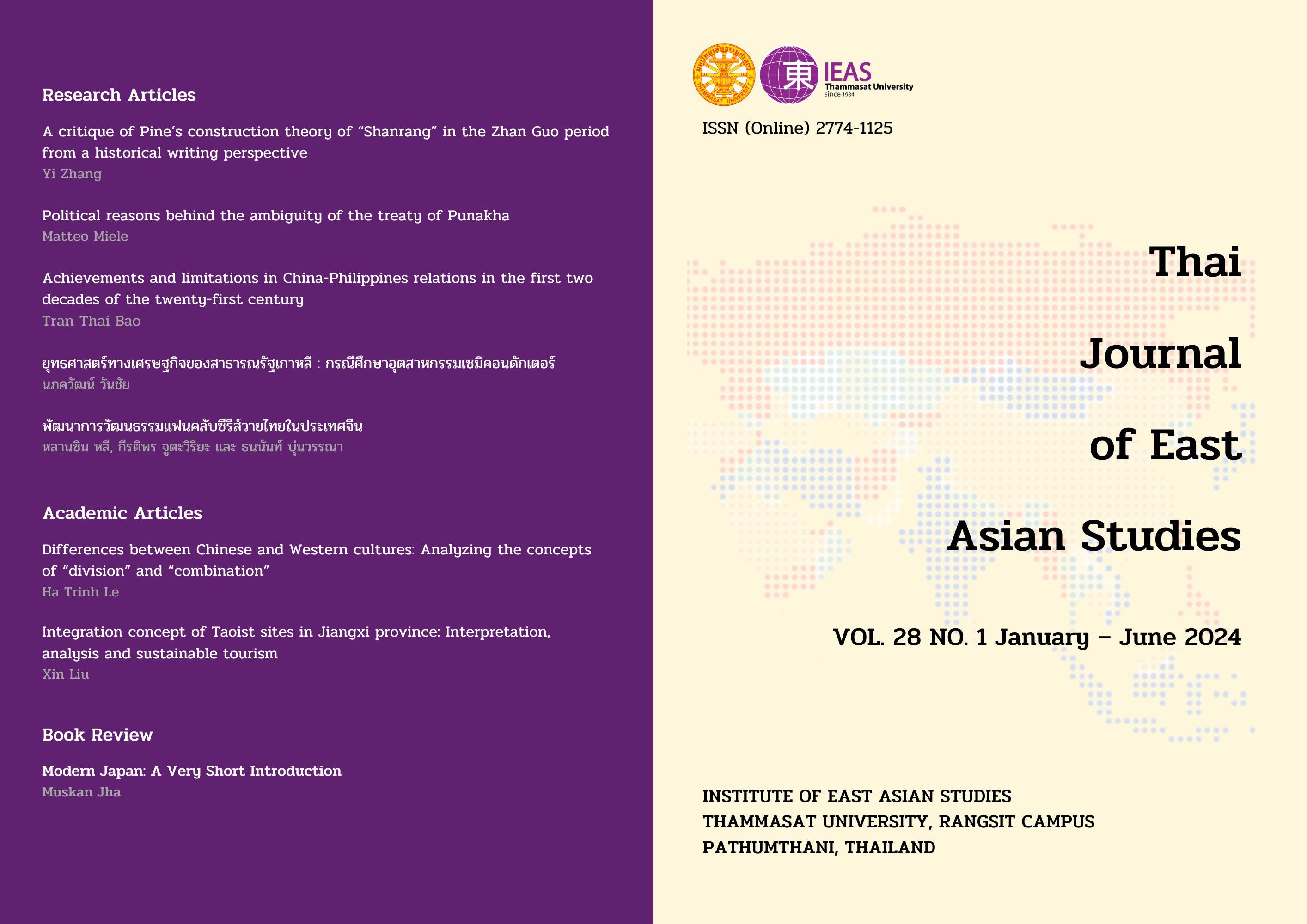Political reasons behind the ambiguity of the treaty of Punakha
Keywords:
Bhutan, Ugyen Wangchuck, British empire, Tibet, treaty of PunakhaAbstract
The 1910 Treaty of Punakha between the British and Bhutanese remains a problem for scholars and diplomats because the agreement did not unambiguously clarify Bhutan’s status in relation to the Empire. Starting from a 1906 letter from Ugyen Wangchuck to the Viceroy of India, the paper analyzes the position of the Government of India regarding the future of the Anglo-Bhutanese relationship. With that letter, the Bhutanese seemed to accept British supremacy. Sir Louis Dane suggested proceeding in this direction. Charles Lennox Somerville Russell, however, was more cautious and asked to listen to the opinion of John Claude White. The latter interpreted the letter as “a complimentary one.” In this context, the paper takes into consideration a letter from Francis Younghusband with which Lord Minto himself agreed. According to Younghusband, keeping the friendship with Bhutan alive without intervening in national politics could positively impact the relationship with Tibet. Therefore, the paper attempts to elucidate the Treaty of Punakha by hypothesizing that the advice expressed by Younghusband motivated, at least in part, the ambiguous wording of the agreement.
Downloads
References
Alexandrowicz, C. H. (2017). The Law of Nations in Global History. Oxford University Press.
Álvarez Ortega, M. (2024). Why (not) put a label on it? The plural conceptualization of the Bhutanese-British relationship. Forthcoming.
Bajpai, S. C. (1964). Bhutan – The Himalayan State. Parliamentary Studies, 8(10-11), 14-17.
De Riencourt, A. (1951). Lost World: Tibet, Key to Asia. Victor Gollancz Ltd.
Deb, A. (1971). George Bogle’s Treaty with Bhutan (1775). Bulletin of Tibetology, 8(1), 5-14.
Eden, S. A., Pemberton, R. B., & Bose, K. K. (1865). Political Missions to Bootan. Printed at the Bengal Secretariat Office
Guyot-Réchard, B. (2017). Shadow States: India, China and the Himalayas, 1910-1962. Cambridge University Press.
Misra, R. C. (1989). Emergence of Bhutan. Sandarbh Prakashan.
Phuntsho, K. (2013). The History of Bhutan. Random House India.
Sinha, A. C. (2001). Himalayan Kingdom Bhutan: Tradition, Transition, and Transformation. Indus Publishing Company.
Singh, A. C. (1972). Bhutan: a Kingdom in the Himalayas: A Study of the Land, Its People, and Their Government. Thomson Press.
Van Praagh, D. (2003). The Greater Game: India’s Race with Destiny and China. McGill-Queen’s University Press.
White, J. C. (1909). Sikhim & Bhutan: Twenty-One Years on the North-East Frontier, 1887-1908. Edward Arnold.
White, P. (2000). Bhutan. In J. S. Bowman (Ed.), Columbia Chronologies of Asian History and Culture (pp. 384-388). Columbia University Press.
Downloads
Published
How to Cite
Issue
Section
License
Copyright (c) 2024 Thai Journal of East Asian Studies

This work is licensed under a Creative Commons Attribution-NonCommercial-NoDerivatives 4.0 International License.



